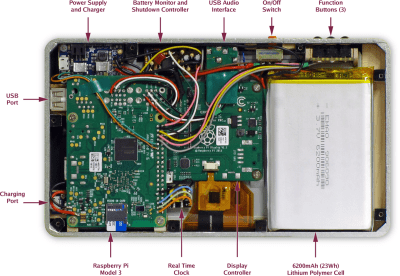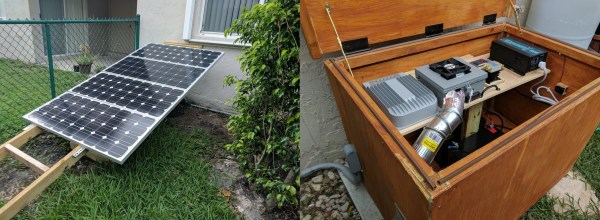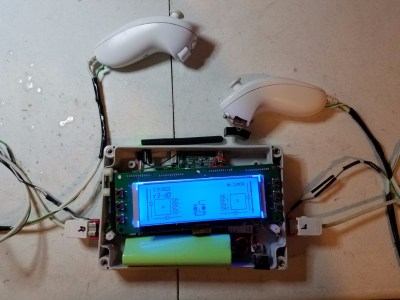Every good dog is deserving of a treat. [Eliasbakken]’s dog [Moby] is a certified good boy, so he designed a dispenser with a touchscreen that his dog can boop to treat himself when he isn’t barking up a ruckus.
Adding a touchscreen to a treat dispenser when a button would suffice is a little overkill, but we’re not here to judge. [Eliasbakken] is using a BeagleBone Black — a Linux-based development platform — as this dispenser’s brains, and a Manga touchscreen that is likely to see a lot of use. A wood-like material called Vachromat was laser cut for the frame and glued together, while an RC servo with a 3D-printed jointed pushing arm to dispenses the treats. The dispenser’s hopper only holds fifteen, so we expect it will need to be refilled every fifteen seconds or so.




















